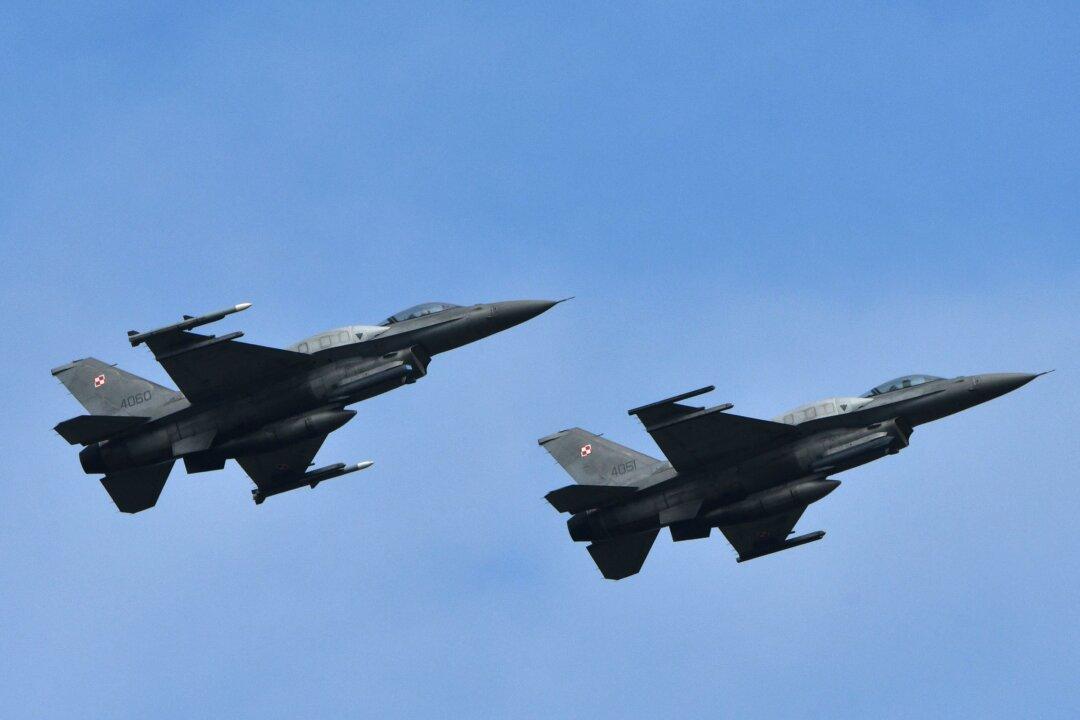The Biden administration will allow American-made F-16s to be sent to Ukraine to help Kyiv defend its skies for years to come, but they will play no role in its pending offensive to oust Russian invaders.
That point was iterated and reiterated by Secretary of Defense Lloyd Austin and Joint Chiefs of Staff Chairman Gen. Mark Milley during a press conference following the May 25 meeting of the Ukraine Defense Contact Group, an ad hoc assembly of nations providing assistance to Ukraine.





